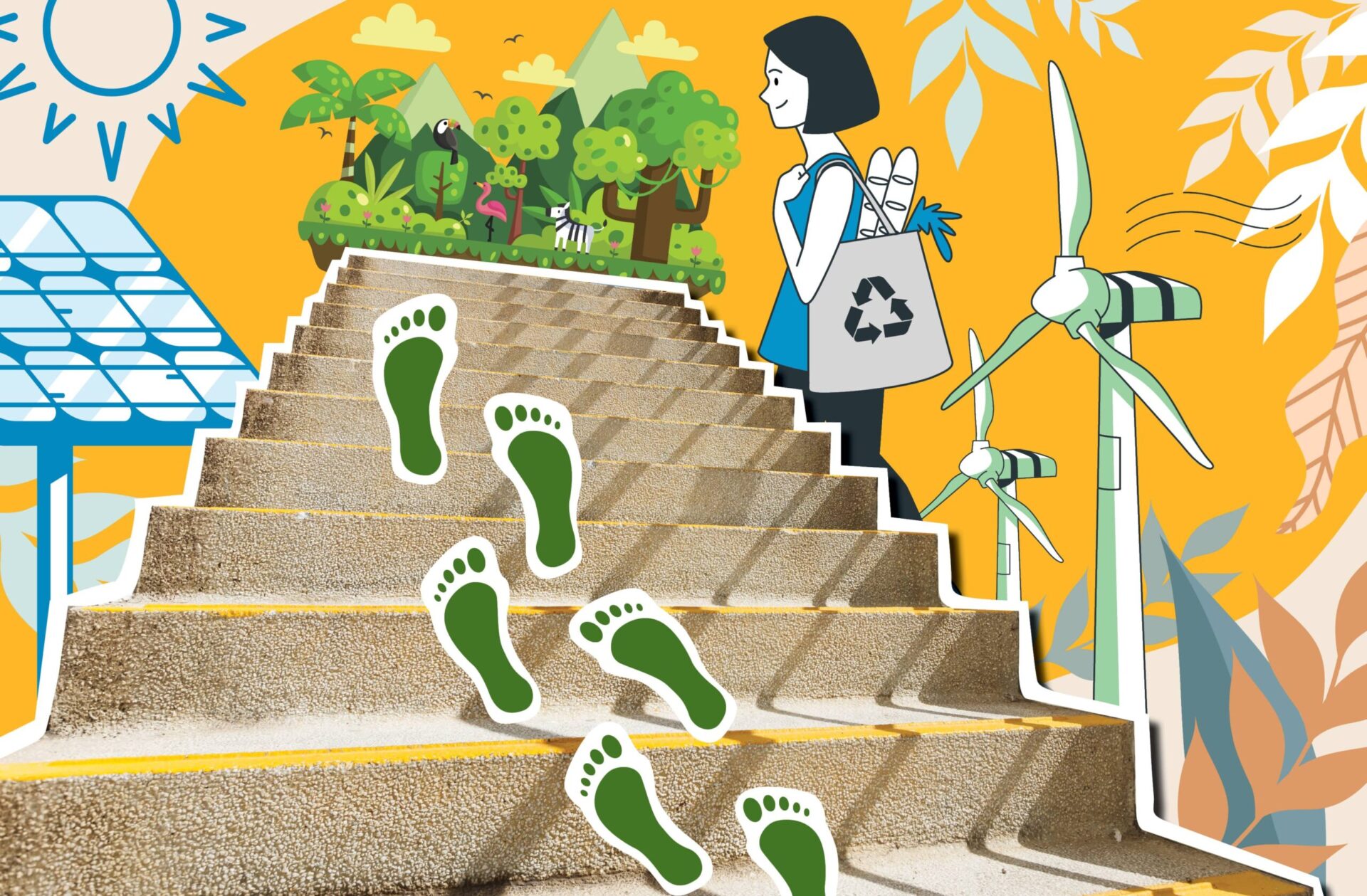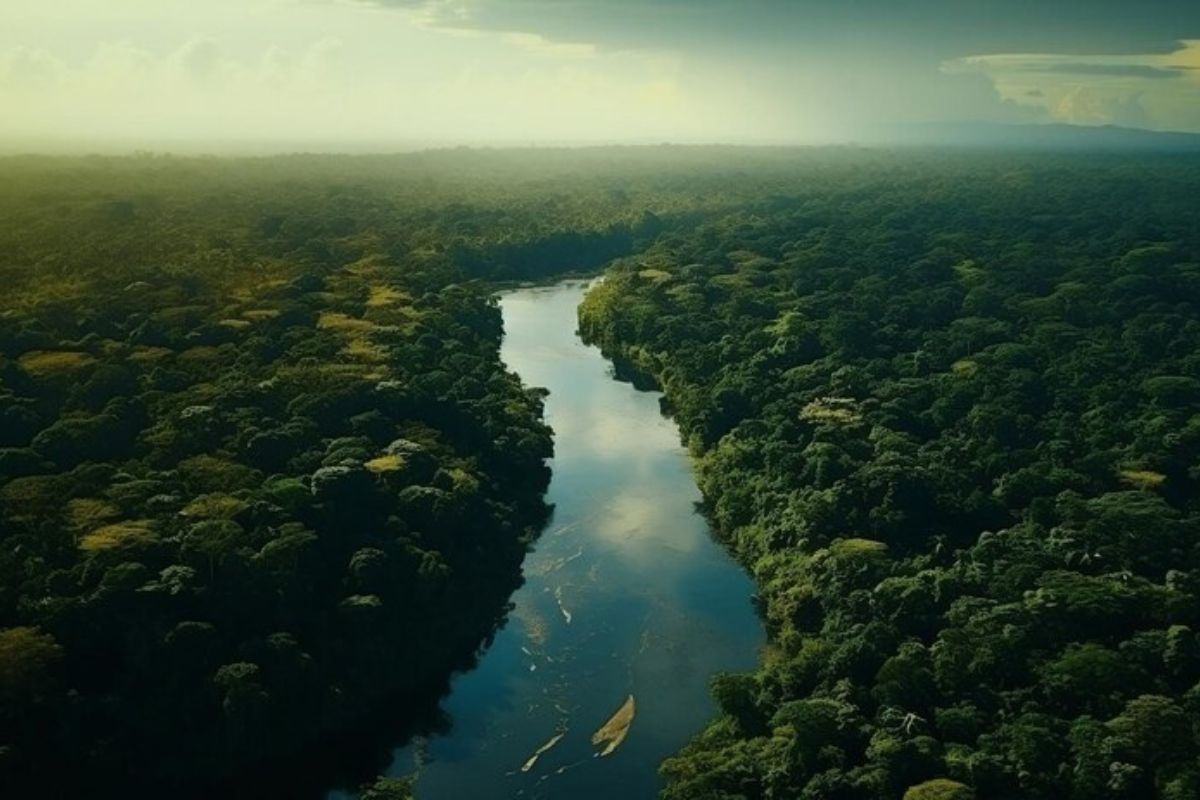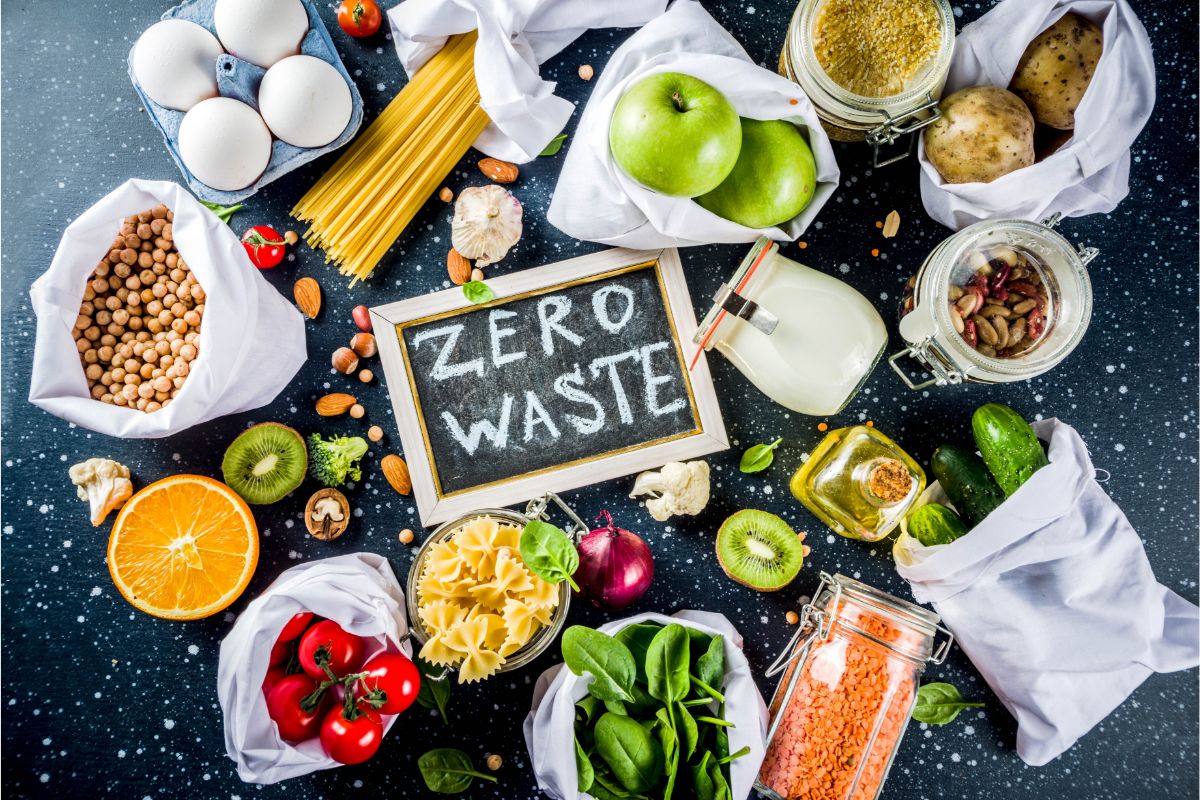
Environmental Effects of Agriculture and Livestock Farming – What are the Alternatives?
Agriculture has always been a chief pillar of the economy, more so for developing nations. Right from growing, transporting, and processing agricultural products, there is a significant impact on the environment. Agricultural pollution is inevitable as the process of raising livestock, growing crops, and animal feed releases contaminants and emissions into the environment. With the human population projected to rise to 9.8 billion by 2050, the demand for food supplies will also rise and so will the consequent deterioration of the planet.
Particularly, the consequences of livestock farming cannot be overstated. Farming animals for various human needs like milk, meat, wool, hides, leather, etc. poses an extreme threat to the environment, with a huge carbon footprint and high global warming potential.
How are our ecosystems being polluted?
1.The exploitation of land resources – It is no doubt that soil bears the brunt of our excessive agricultural and farming activities. The increased food demand has led to major deforestation, with forests being cleared and turned into livestock ranches and agricultural land, eroding and depleting the soil. Furthermore, the soil’s capacity to sustain people has taken a significant hit, with its nutrients being eroded by the overuse of pesticides, herbicides, and chemicals. So much so that, it is estimated that just by avoiding consuming meat and dairy products, we could save almost 75% of our land and also feed the entire world.
2. The stressed water resources – Conventional farming requires monumental quantities of water for irrigation. Especially the widely cultivated crops like rice and cotton guzzle down water, putting the land and community at a serious threat of water scarcity.
Animal-based commodities have an even higher water requirement. Did you know that 2000 gallons of water are needed to produce just one gallon of milk? Whereas, to produce 1 pound of meat, we need a staggering 2500 gallons of water!
The demand for agriculture is only expected to rise and this demand is already putting communities and ecosystems in a dire situation.
3. The contribution to Greenhouse Gases – Methane, one of the powerful greenhouse gases and a primary contributor to ground-level ozone and hazardous air pollutants, is produced from the manure of livestock animals and their gaseous releases. Not just livestock, huge paddy fields also create optimum conditions for methane-emitting bacteria.
Limiting the amount of methane released into the atmosphere is the first step in slowing down climate change and global warming because even though methane does not persist in the atmosphere for as long as carbon dioxide, it is 80% more potent at warming than carbon dioxide.
How can we address the problem?
Being responsible and aware of the current situation is the first step. As an individual, we can opt for a diet – like vegetarian, flexitarian, or vegan diet – which is responsible and does burden the food system. We should include native ingredients, and reduce food waste to further curb the impact of the food system on the environment.
But this might not be enough. The fact remains that conventional methods of farming and animal rearing are a threat to the longevity and health of the human population and the planet.
There is a dire need to change how we grow and manage our produce. Some innovative methods that have gained prominence for sustainable farming are:
1. Hydroponics: Hydroponics is one of the best alternatives to traditional farming. It is the art of cultivating plants in water without using soil and it is actually easier than it sounds!
Hydroponics is a scientific method where plants are grown in a controlled environment with the help of nutrient-rich solutions and water. It allows you to control the amount of sunlight received by the plants and monitor the pH levels. As the environment is tailored to the plants’ needs, this system allows for much rapid plant growth and higher yields. It also effectively reduces the risk factors associated with soil, such as pests and fungus, and also eliminates the need for fertilizers.
Moreover, Hydroponics requires far less space to grow plants, and if combined with vertical farming techniques, it can save a significant portion of land. It requires a lesser amount of water, and the nutrient-filled water can be reused, making it ideal for sustainable farming.
Hydroponics has gained immense popularity over the years. The U.K has a huge production size of 54 million pounds, followed by the U.S with 47.5 million pounds of vegetables and fruits. Vegetables like spinach, tomatoes, cucumbers, peppers, lettuce, pakchoi, beetroots, mint, basil are popular choices for hydroponics but the application is not limited to these.
2. Regenerative agriculture: The name itself highlights the focus on the regeneration of soil and ecosystem. This farming method focuses on improving soil health, expanding biodiversity, decreasing water pollution through farming, and by extension, reversing climate change. Intended to increase organic matter in the soil, this technique allows the soil to become an efficient carbon sink, maintaining arable topsoil and contributing to a better food system. Regenerative farming focuses on the following things:
- Minimize soil disturbance by avoiding agricultural practices like tilling
- Promote soil and local ecosystem diversity by growing a variety of native crops and vegetables.
- Avoiding chemicals and use of natural systems to improve soil health (like composting)
- Integrating sustainable livestock practices for a more holistic and healthy balance.
3. Permaculture: It is an ecological system designed for sustainable living, inclusive of plants, animals, humans, buildings, and communities while conserving natural biodiversity. Simply put, it can be understood as developing an innovative agricultural ecosystem in a sustainable and self-sufficient manner.
The basic principles of Permaculture are:
- It focuses on understanding the issues and systems for holistic, sustainable living
- Prevention of environmental degradation
- Analysis of natural ecosystems to correct human errors
- Soil preservation by adopting a no-tillage approach
- Minimizing ecological footprint by using innovative methods to incorporate biodegradable materials.
Though many approaches between regenerative agriculture and permaculture are similar, the goal of these sustainable approaches varies.
Regenerative agriculture focuses on capturing carbon and improving ecosystem health through sustainable farming and grazing practices, while permaculture is more dynamic and tries to build an optimized, holistic system by including the existing landscape and infrastructure.
The bottom line is, inefficient usage of resources has created a long-lasting imbalance in our ecosystem. Innovations and adoption of sustainable agricultural alternatives at every level are paramount to offset the increasing burden on our resources and ensure that population growth, economic development, and urban migration do not compromise our future.





